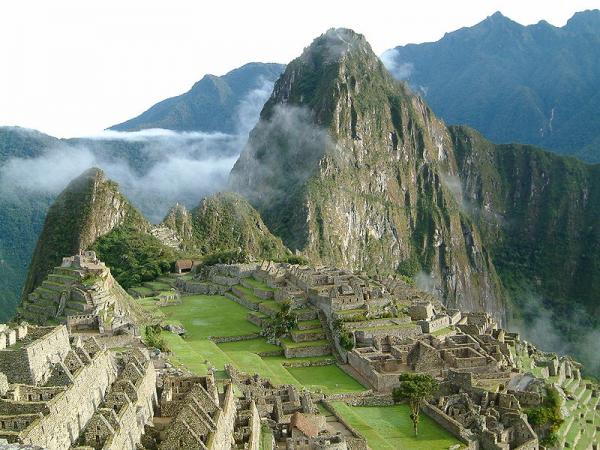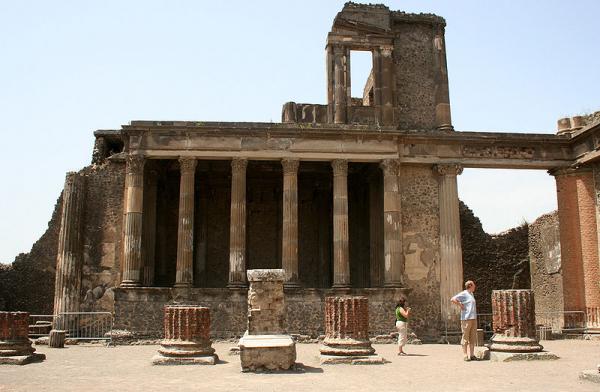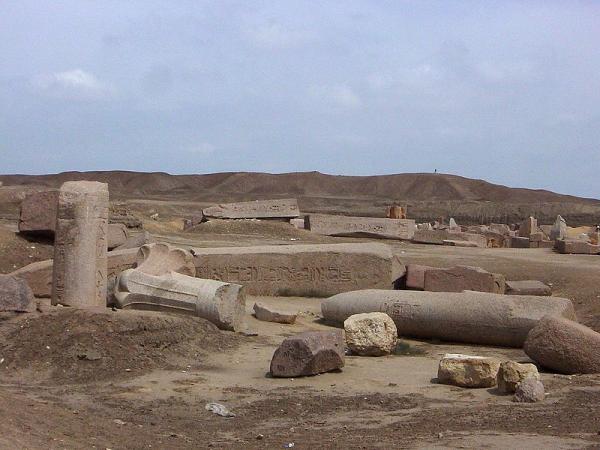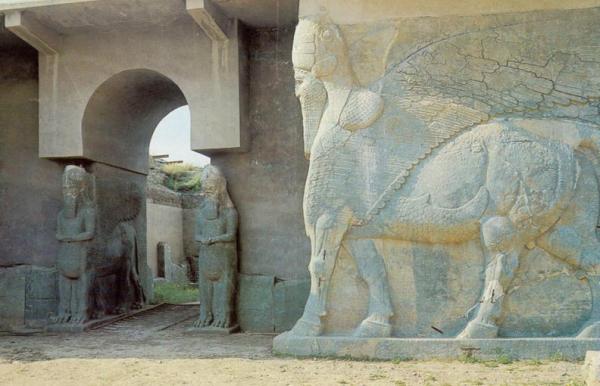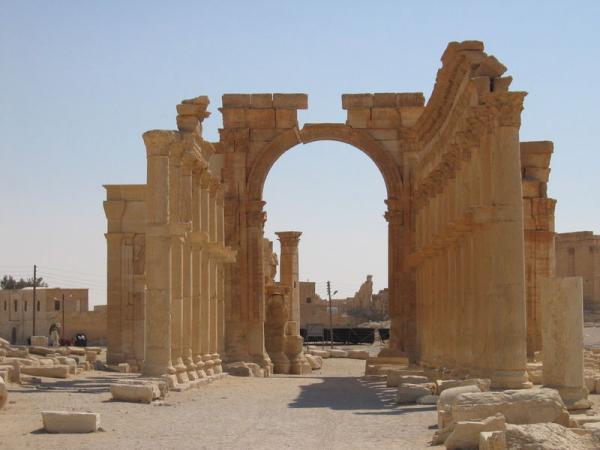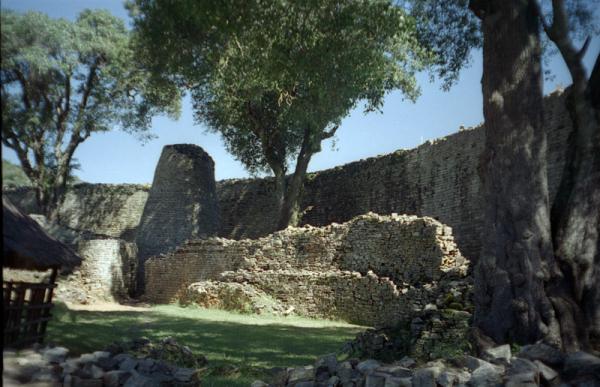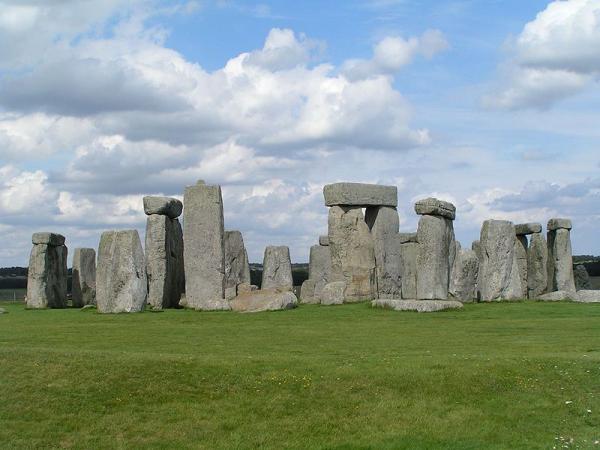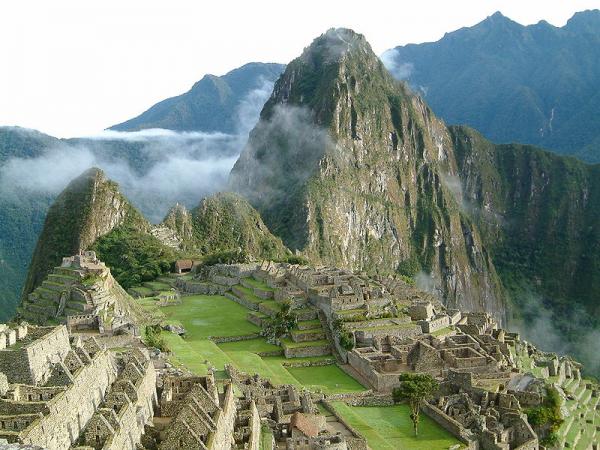Today’s world is full of vibrant cities; Tokyo, Chicago, New York and Dubai, to name but a few. However, great cities and great civilizations existed thousands of years ago, whether they were based around religion or were bases of political power. Now we are left with only the ruins of these incredible cities, exhibiting unique architecture and some of history’s finest craftsmanship. Let us rediscover these cities, lost in time.
13. Palenque, Mexico
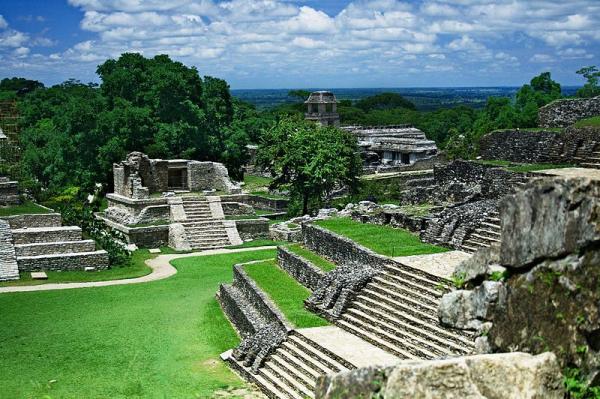
A Mayan city in southern Mexico, Palenque dates back to Mexico’s classical era (400-700AD). Palenque offers some of the finest temples, sculptures and amazing stone carvings ever seen. The ruined city also offers a great deal to learn about Mayan architecture. If you have the chance you must visit the temple pyramid of Pacal Votan, the astronomical observatory and the great palace of this ancient city.
12. Persepolis, Iran
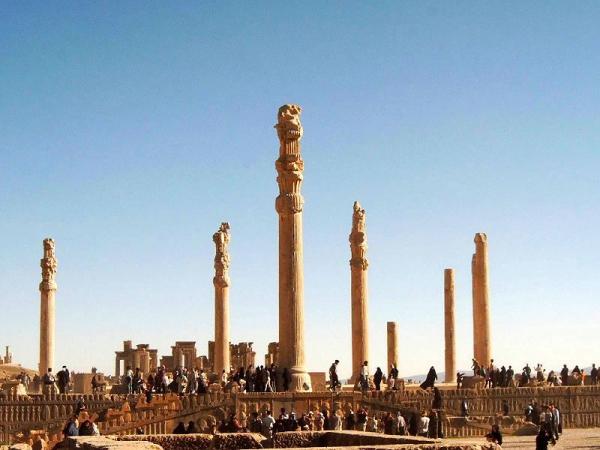
Established by King Darius, Persepolis was built on top of a large man-made terrace in about 515 BC. Built in a remote region, high on mountain, it was the capital of the Achaemenid (Persian) Empire. Surrounded by a number of colossal buildings and double sets of stairs, this lost city’s main attraction is a set of four very high tombs, cut out of perpendicular walls. There are also a large number of inscriptions and reliefs scattered over a large area.
11. Ephesus, Turkey
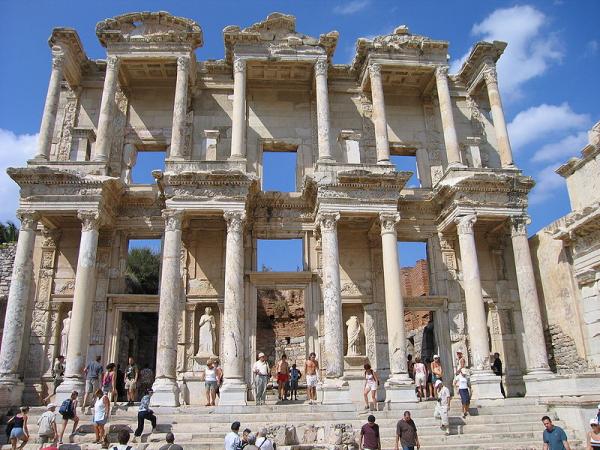
Considered a great outdoor museum, Turkey’s Ephesus is most famous for the Temple of Artemis, one of the Seven Wonders of the Ancient World. Founded as an Attic-Ionian colony in the 10th century BC, Ephesus is home to many architectural monuments. These include the Basilica of St. John, the Temple of Hadrian, the Roman Library of Celsus, and the Gate of Augustas; even the first church dedicated to Mary is in Ephesus.
10. Petra, Jordan
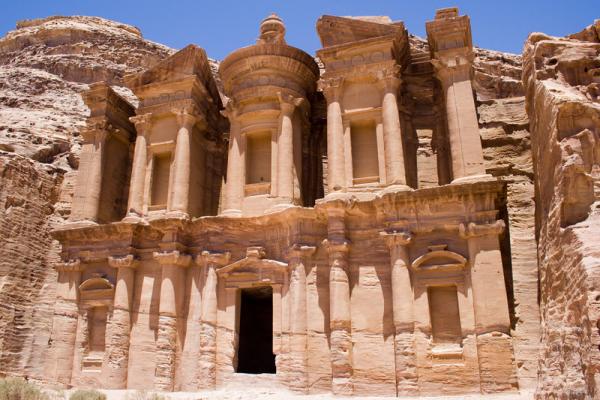
Lying on the slope of Mount Hor, Jordan, Petra is well known for its incredible architecture. A city carved into the red rock, Petra is a truly amazing site which has been inhibited since prehistoric times. Mixing Eastern tradition with Hellenistic architecture, the settlement includes a massive theatre, a 13th-century shrine, the Ad Deir monastery, and The Treasury of Al Khazneh.
9. Angkor, Cambodia

Angkor’s history dates back to the 9th century and stands as a testament to the Khmer Empire. It is the world’s largest single religious monument, with thousands of temples scattered over a large area. The sites contain some of the most magnificent religious artworks and architectural works in south-east Asia, including over 1,200 stone inscriptions and various towers with beautiful naga-carrying carvings.
8. Pompeii, Italy
First occupied in the 8th century BC, Pompeii is located in western Italy, near the Bay of Naples. A buried Roman town, it was as cosmopolitan as Rome itself. Today you can still see colorful frescoes, lavishly decorated villas, paved streets with stone blocks, as well as fine examples of architecture, preserved for thousands of years.
7. Tanis, Egypt
Also known as Djanet, Tanis was once a wealthy commercial canter and the capital of the 21st and 22nd dynasties in Egypt. In recent years, one of the greatest archaeological troves was found in the ruins of Tanis. Tanis has many fine royal tombs as well as obelisks.
6. Nimrud, Iraq
Nimrud is an ancient Assyrian city which prior to 717 BC was the capital of the Assyria Empire for over 150 years. Huge city walls and buildings on mud platforms as well as the royal tombs of Assyrian queens Yaba, Banitu and Atalia are the major attractions here. Among the most important findings, the throne room is very famous for its exquisite ivory carving.
5. Palmyra, Syria
An ancient Syrian city, Palmyra is full of timeless scenic views. It appeared in the Bible but is actually at the crossroads of several different civilizations. There is so much so see: the Tetrapylon, the Temple of Bel, the Tomb of Elahbel, and the amazing Palmyra Castle. Often called the ‘Bride of the Desert’, Palmyra is a perfect example of a well-established kingdom from the 2nd century BC.
4. Great Zimbabwe, Africa
Built by indigenous African people, between 1250 and 1450 AD, the ruins of Great Zimbabwe are remarkable. It is an awe-inspiring complex, made out of rectangular granite stones and high walls, with a narrow passage built out of granite blocks. It all tells the amazing story of their craftsmanship. The most important structure is the Great Enclosure, which is the largest single ancient structure south of the Sahara.
3. Stonehenge, England
This prehistoric monument, located in England, tells the unique story on an impressive engineering feat. Britain’s national icon, Stonehenge is an ancient symbol of a powerful civilization. Huge circular upright rock structures and hundreds of burial mounds, which date back to the Neolithic period, are quite a mystery to modern day researchers.
2. Machu Picchu, Peru
The mysterious ruins of Machu Picchu constitute perhaps the most enigmatic ancient site in the world. It’s a pre-Colombian Inca site, situated on a mountain ridge above the Urubamba Valley, Peru. Built in the classical-Inca style, it is an extraordinary city, surrounded by natural springs, agricultural terraces and many temples, storage rooms and other beautiful palaces. The whole area gives a pleasant feeling of an elegant green paradise.
1. Sanchi, India
Sanchi is a great monumental historical site in India which is crowned by 50 magnificent Buddhist monuments. It’s mainly famous for its ‘Great Stupa’, which is one of the best preserved early stupas, and one of the most wonderful structures in the world. These huge stupas are actually large hemispherical domes, with a central chamber in which to place relics of the great Buddha. The stupa is also a symbol of Buddha’s final release from the cycle of birth and rebirth – the ‘Final Dying’. Sanchi is a perfect place to experience the genesis, growth and demise of Buddhist art and architecture.
